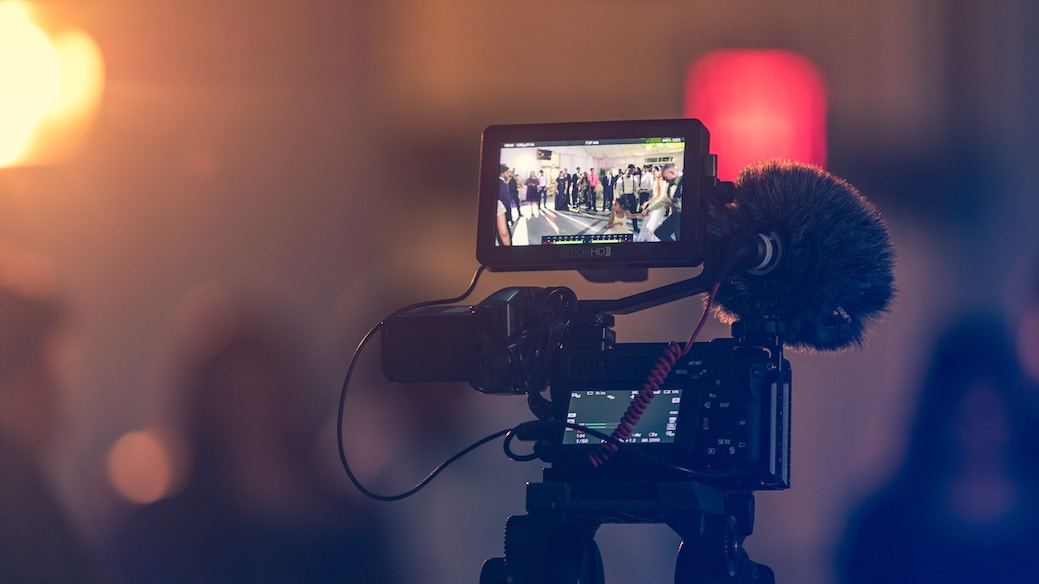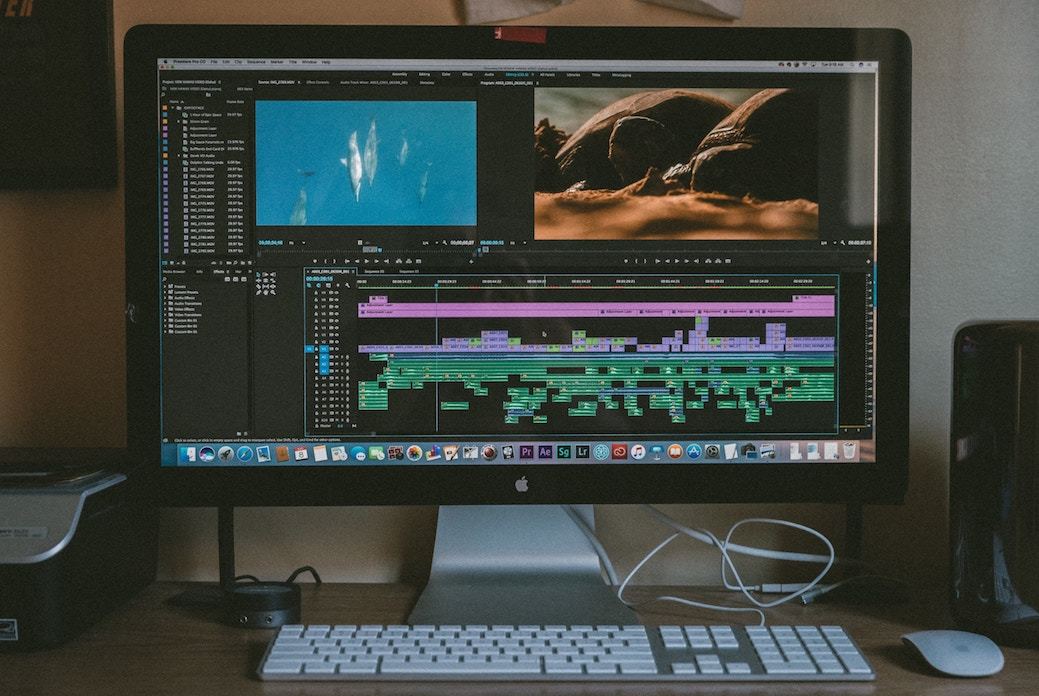The days of having to invest in thousands of pounds in recording equipment in order to produce decent quality videos are long gone. Today, even the highest quality digital cameras are so cost-effective and simple to operate that every business should be using this dynamic medium to convey its messages.
And, it’s not just the cost of the hardware that’s fallen significantly, editing of video footage is now easier than ever with a host of free programs that do a really decent job of producing professional-looking videos.
However, regardless of the ease with which you can now make and edit videos, if the content or presentation style is boring or if your capabilities as a cameraman leave a lot to be desired, you will not achieve your objectives and you won’t build an engaged community of viewers. Effectively, the answer lies not in the tools, but in the planning and execution techniques.
With this in mind, MTM has compiled a list of tips to make your videos as captivating and informative as possible. So, if you’re interested in taking on the challenge, read on. If you’d rather dedicate your time to other activities, MTM video team is ready to create dynamic videos for any purpose and at almost any budget.
Know the Story You're Trying to Tell
It doesn’t matter if you’re writing a poem, a novel or a three-minute corporate video, you need to think about the story. What are you trying to say, what’s the message you want to convey? Think about the beginning, middle, and end. How are you breaking down the story into its component parts? Even if your subject has no real narrative, it doesn’t mean you can’t include additional shots that help set the scene, demonstrate the organisation’s personality or help position the company in a more general sense.

If it's Unwatchable, People Won't Watch
No one enjoys a video that looks like it was shot on a skateboard rolling down a cobbled street. At its most basic level, all that motion makes people feel sick but even if nausea doesn’t get them, it’s not a very pleasant viewing experience. The same result can be expected from fast in and out zooms and even rapid panning – too much motion is just difficult for the eyes to process.
That doesn’t mean you shouldn’t change perspective during the course of your video. On the contrary, using multiple cameras to show different angles is an important tip to make your video really engaging. Spend some time looking around a few good YouTube channels and you will see the way others transition from one shot to the next in order to move the story on or to break up a monologue that otherwise could become a little dull for the viewer. It’s also worth thinking about the pace of scene changes, good B2B and B2C videos don’t normally display a single angle shot for more than ten seconds max. You can mix it up with another angle or stock and incidental footage that helps explain the topic being discussed.
Make Sure You're Proud of It
The start of this article highlighted how the cost of producing professional-quality video has fallen dramatically in recent years but that doesn’t mean you can simply put your sales manager Jeff in front of the camera and ask him to talk for three minutes about your new widget. Unless your sales manager looks and speaks like George Clooney, that probably isn’t going to produce the most engaging video, nor is it going to represent your brand positively.
You still need high quality, appealing shots to create the required pace in the final video. Rather than simply recording Jeff, imagine that your goal is to illustrate why your widget is such a special product. Think about application shots, customer quotes, and technical information – it all helps to create a more rounded experience for the viewer.
Keep it Tight
As mentioned before, long single camera shots should normally be left to the likes of Stanley Kubrick. That said, it’s tough to balance your desire to fully explain the details of a new product or service whilst keeping it succinct and interesting.
Generally, when it comes to the finished product, it’s best to think less is more. Don’t be scared to film everything but remember that much of it will probably be left on the cutting room floor during post-production. Trim each scene, eliminating any shots which are showing excessive camera motion, no action, long zooms, and pans. Remember, if something doesn’t change every 10 to 15 seconds, your viewers will get bored.

Think Like Tarantino!
Love him or hate him, Tarantino is a master of turning a linear narrative on its head to create drama and suspense. On a much smaller scale, you can do the same. Imagine you have several different streams of footage; a couple showing someone being interviewed from different angles, another of the product in action and another of the production process. Now think of them running in parallel and choose the best clip for that section of the video, just like you’re directing a live broadcast, flip from camera one to camera two and back again to build interest into your final production.
Sound and Vision in Harmony
All editing software will allow you to include music and voice-overs – either overriding the original audio or mixing with it. Weaving appropriate music into the project adds a touch of professionalism and introduces another engaging factor. You can also record a voiceover at a later date so even if you missed an important factor your product has a new feature, you can re-edit your video without starting from scratch.
Syncing your music with your video is a little trickier but not beyond anyone’s capabilities with a little practice. Punctuating the video transitions with the music’s beat can add drama and significantly ups the professionalism level.
Explain it with Graphics
Titling sections of your video to break it up is a good way of telling the viewer they are progressing through a number of different topics or elements within a single topic. Equally, adding infographics and stats will help explain more complex points in a visually engaging way and is an opportunity to introduce your corporate style and branding into the video.
You're no George Lucas
With all the available tools at your fingertips, there can be a desire to try everything all at once. Fight it. Nothing makes a video look more amateurish than dodgy transitions or special effects that just don’t look special. Just like with PowerPoint presentations, simplicity is almost always best. Use simple cuts to move from one shot to the next or fade to black to signify a bigger break in the narrative.
Following the rules above should mean your productions will be more watchable and convey your message more successfully but if your team is tight on time or would rather leave it to the professionals, MTM can talk to you about the options available at all levels, from producing low-cost video clips for training purposes to creating a fully-fledged corporate video to position your business within its marketplace.


